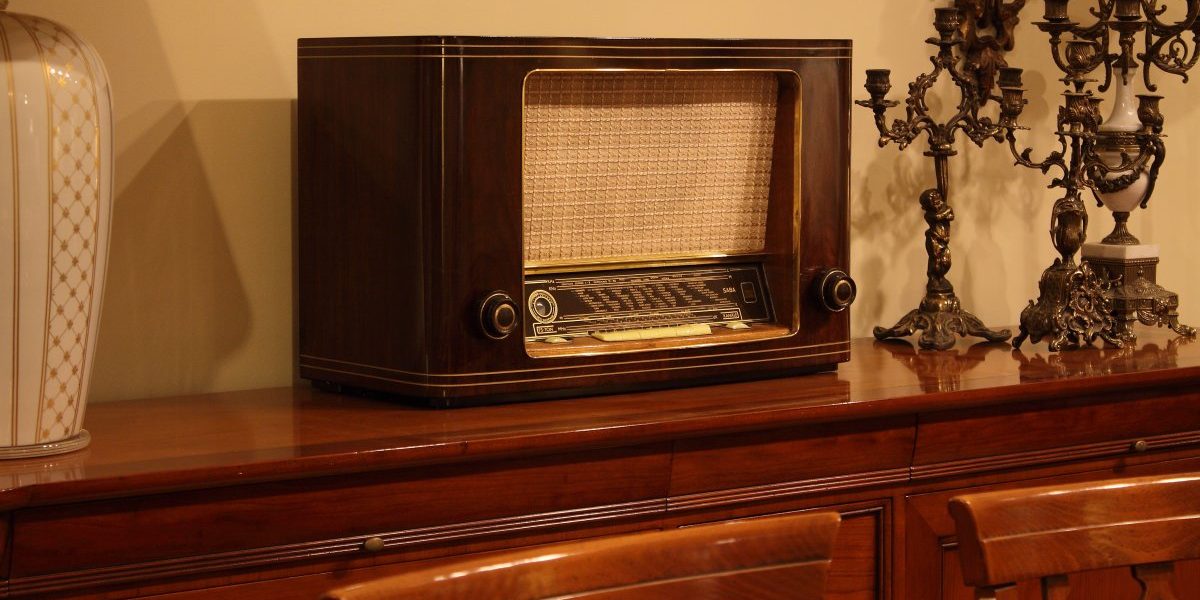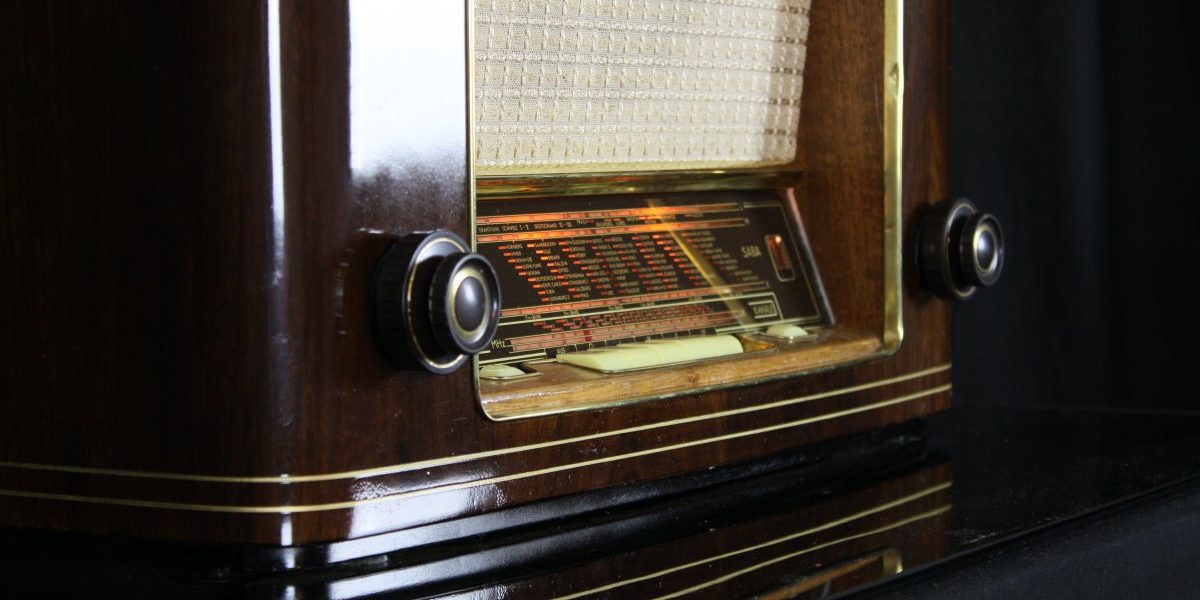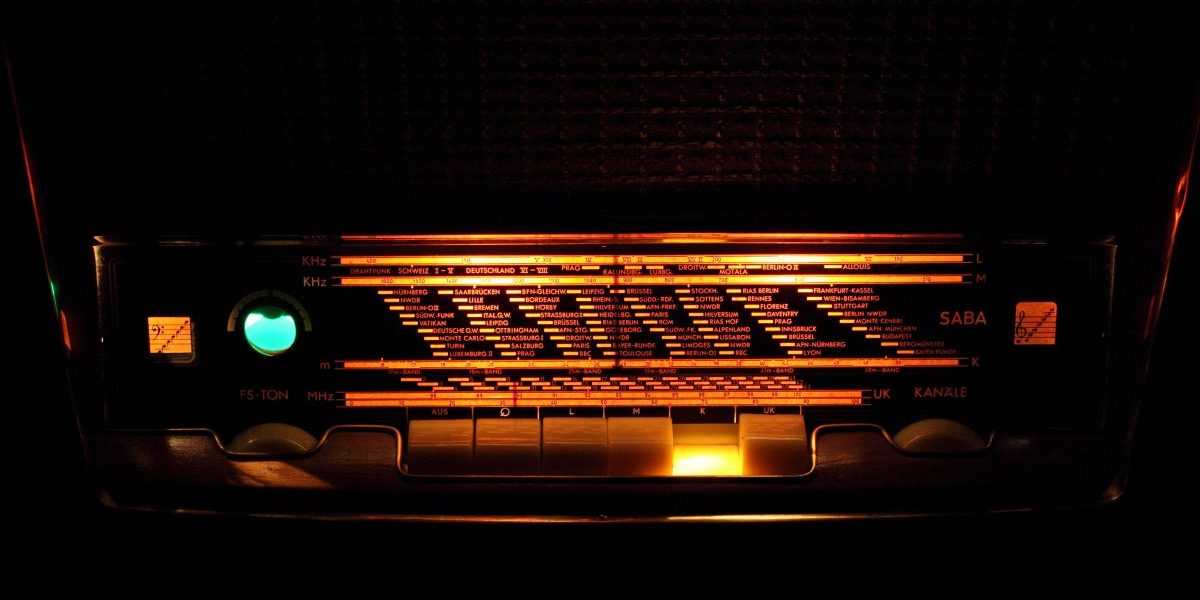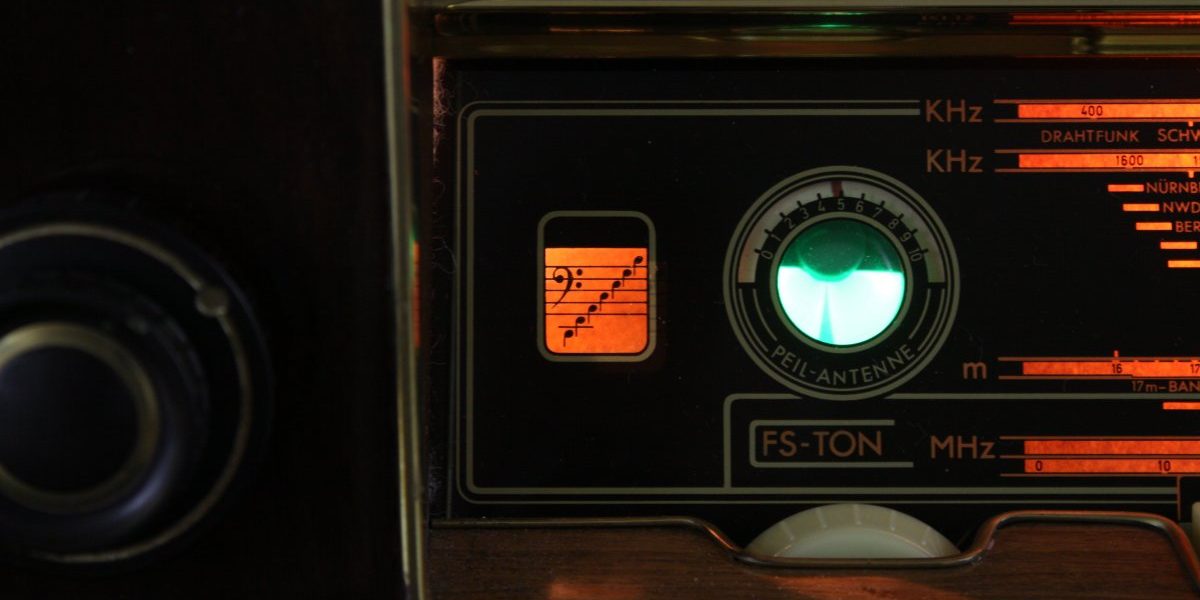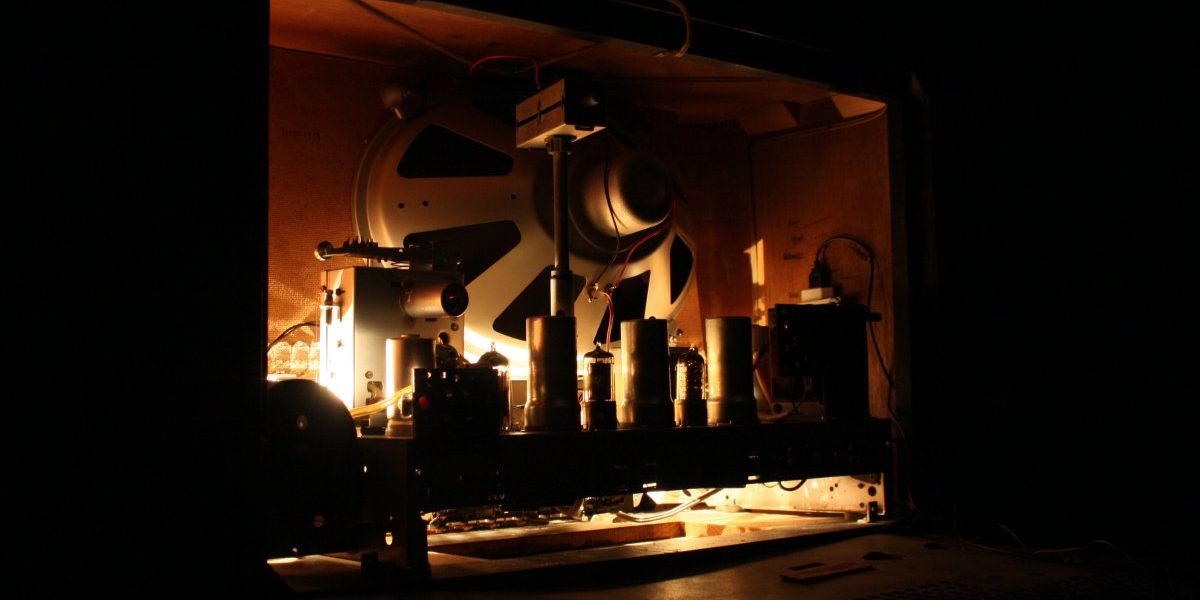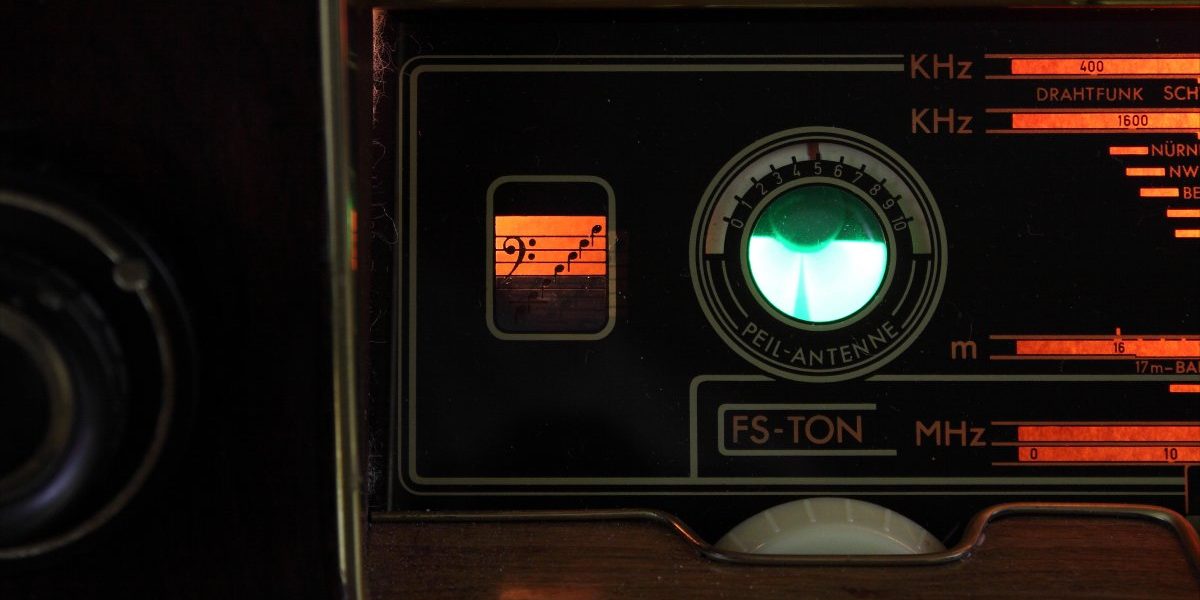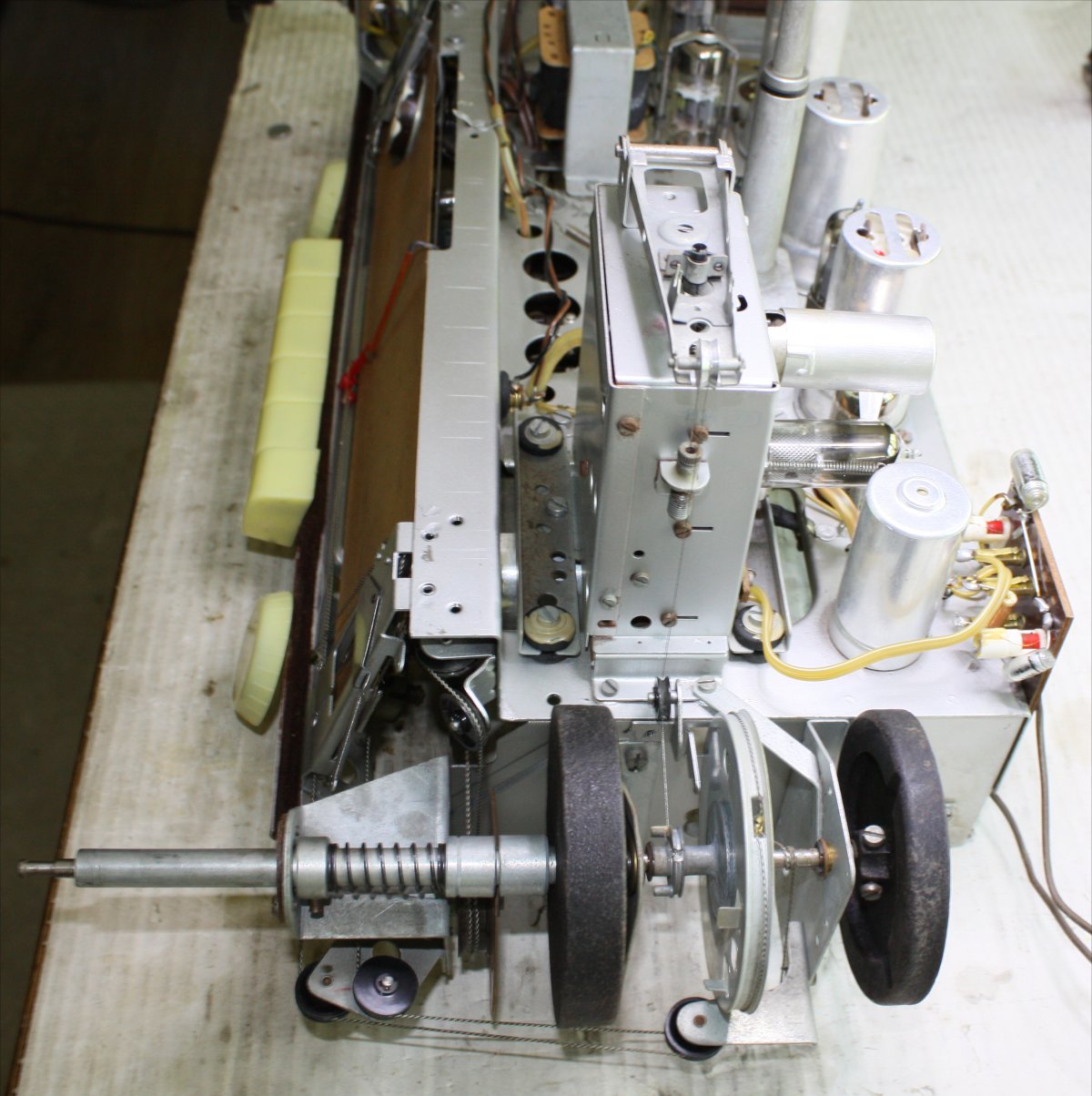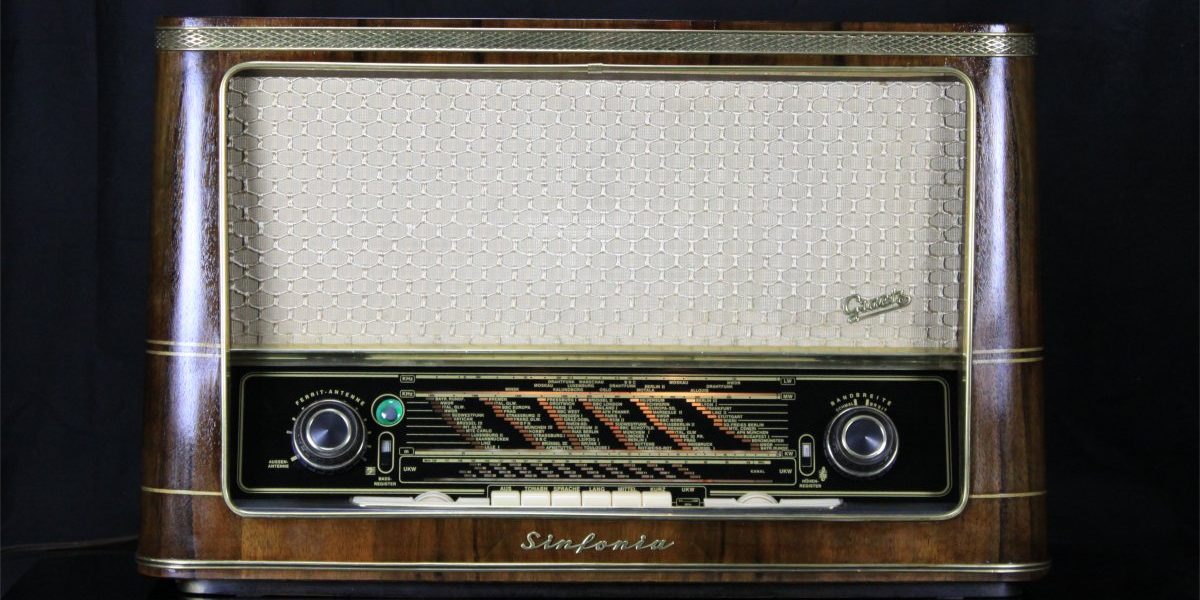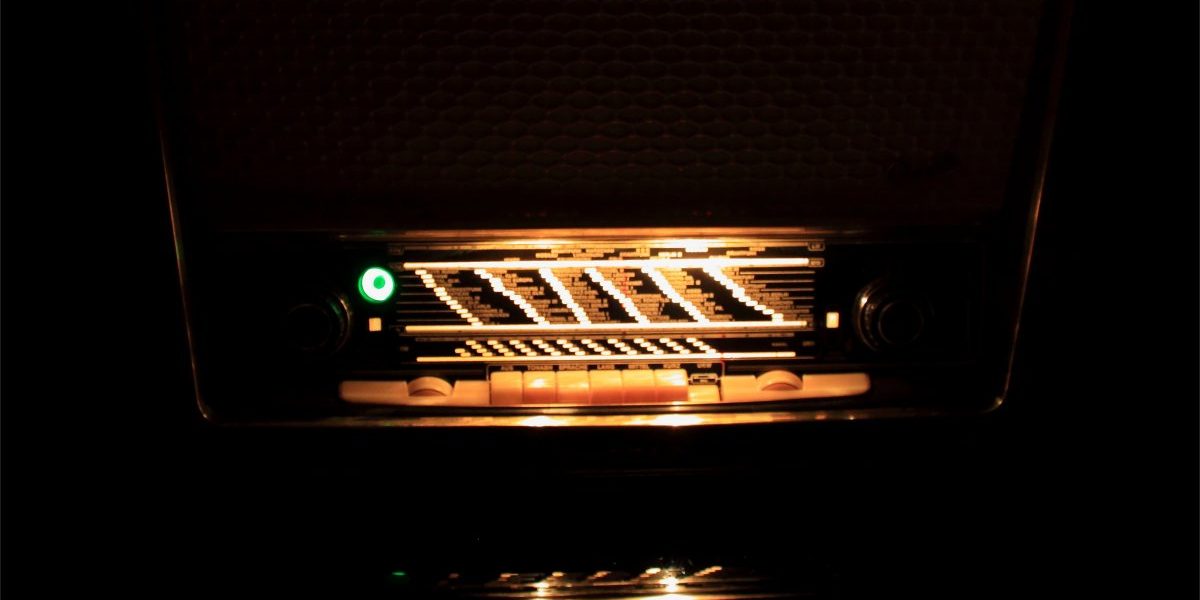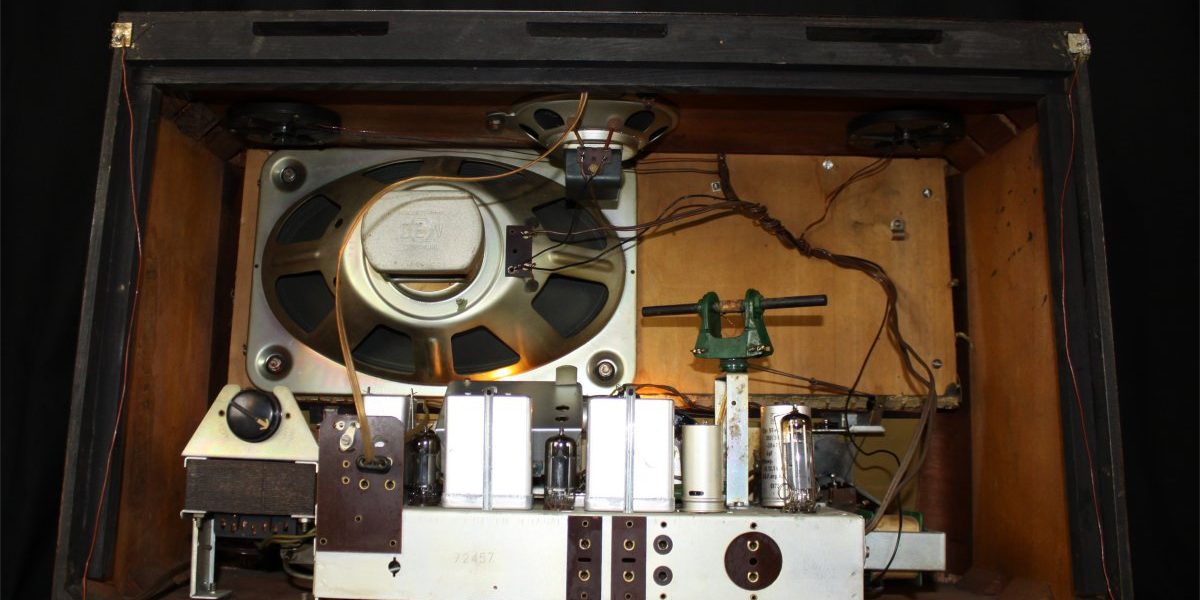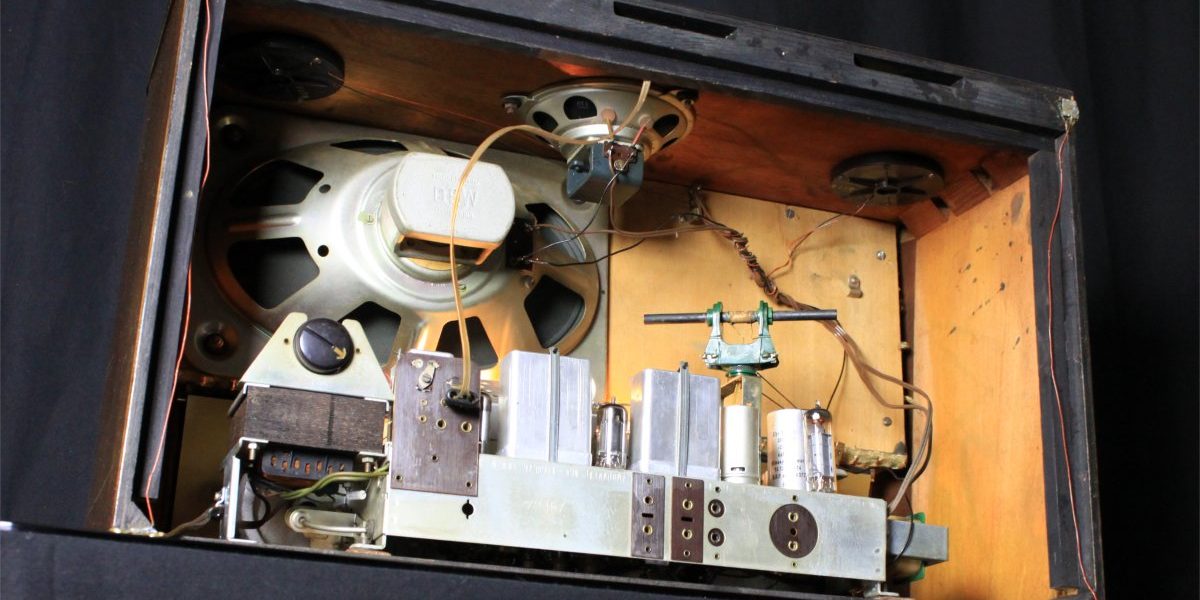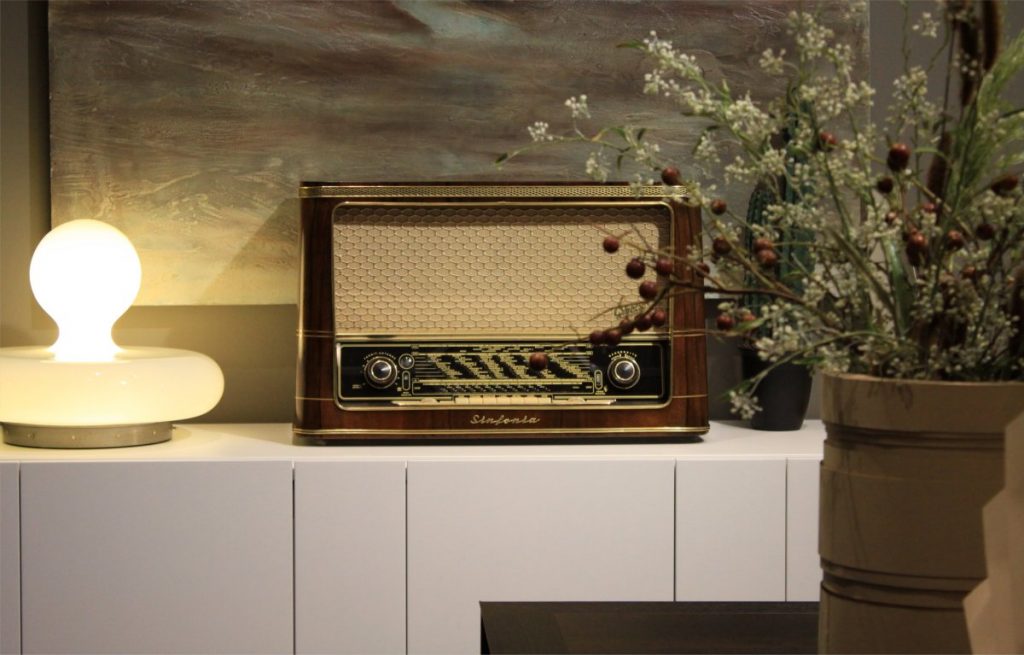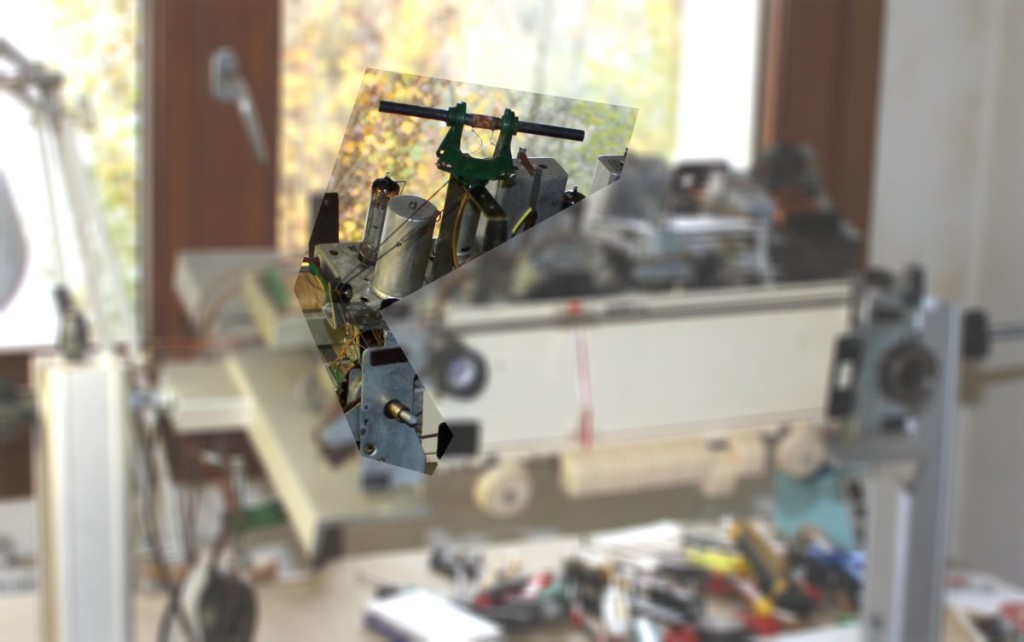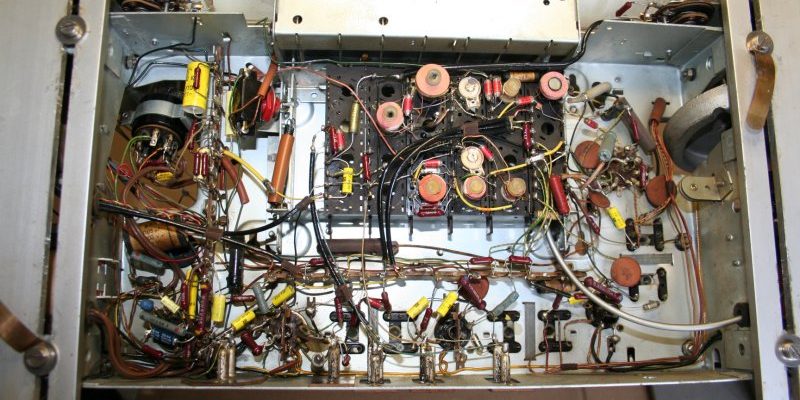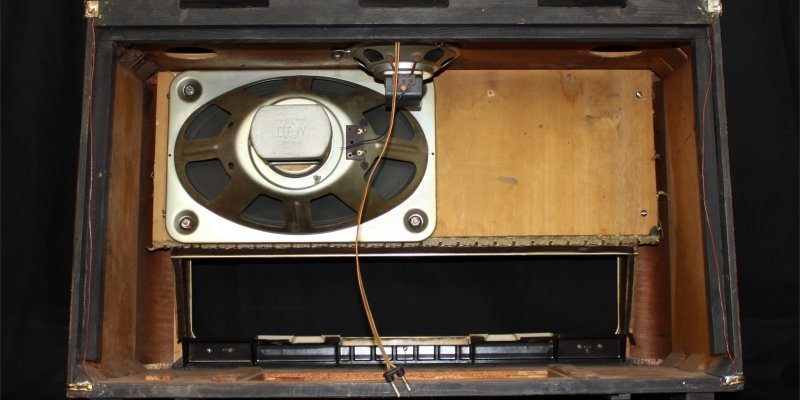 german radios - en
german radios - en
Saba meersburg w4 enhanced – en
- 30th January 201715th December 2017
- by giovanni
SABA MEERSBURG W4 ENHANCED
SABA MEERSBURG W4 ENHANCED
The MEERSBURG W4 model was built in 1953 by SABA.
Saba singled various models of their equipment giving the name of German's cities.
With Push-Pull power stage the Freiburg has always been the top model.
With Single Ended A Class power stage the top model has always been the Meersburg.
However the Meersburg W2 (the subject of a future review) and the Meersburg W4, for various reasons, have characteristics which, from some points of view, make them even more interesting models of Freiburg.
This review is also a little bit special.
In fact, this unit some changes to exalt to the maximum the already remarkable performance have been made.
This equipment will be exposed to the public, in Rome in October 2016 and in Taipei in December, and other future exposures. A copy can be ordered of course.
As our practice these changes are completely reversible.
But we come to the most interesting native features of this device.
Audio section:
- Final stage in pure A Class. Like the best modern Hi-End amplifiers. A true Religion.
- Speakers concentric. As the prestigosi and refined Hi-End, Goodmans, Altec, Jensen speakers etc. The only way to get a realistic and detailed sound image at the same time.
- Baxandall circuit on Tone Controls. As in the best Hi-Fi amplifiers of the following years. The other manufacturers were using the most simple and cost control configurations.
Radio section:
- FM Amplifier pentode. This constructive choice ensures greater sensitivity than later triode amplifiers. Unfortunately it accompanied by a higher intrinsic noise to the type of tube, for which is required a careful selection of the tube itself.
- Media converters with variable frequency coupling. This peculiaroità to calibrate very accurately the slope and the extension of the Medium Frequency bell. Normally, this control is not present, and is secured from the factory to a mean value.
- Double medium frequency stage. This expensive option guarantees a high sensitivity and selectivity.
Conclusions:
The furniture is beautiful, the proportionate and rounded shapes sizes. Flaming (the design of the wood grain) is chosen with wisdom and taste. The mirror finish with which the device is proposed it further enhances its beauty.
For the speaker layout it is suitable to be positioned in a library or in a niche in the wall.
The sound quality is really unimaginable for this type of equipment.
Since the device is equipped with built-in Bluetooth, it is particularly suited to listening to streaming music.
The best use I can do, in my opinion.
- Dual concentric loudspeakers for a perfect sound image reproduction.

- New illumination system for a perfect simmetry in the dialglass retroillumination.
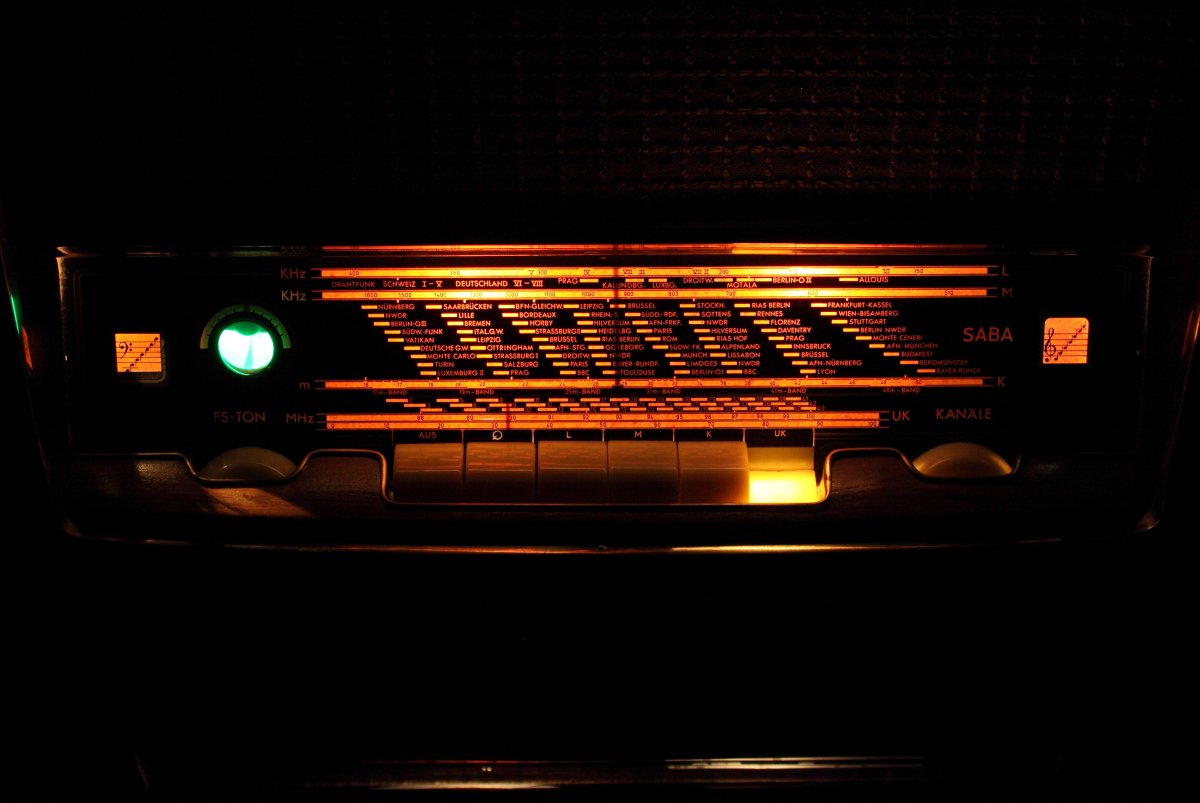
- Bluetooth receiver embed.

IMPROVED LOUDSPEAKERS
The position and the kind of the loudspeakers is changed.IMPROVED ILLUMINATION
We changed also the illumination system.BLUETOOTH
Bluetooth receiver embedMULTI PLATFORM CONNECTION
Each radio is equipped with a cable for connection to any digital device.TUBESOUND IMPROVEMENT
- Improved Loudspekers - The two loudspeaker are changed and have now the central axle aligned. A new crossover filter is installed to have the best response curve possible. The results is that the soundstage is incredibly realistic for a mono device. And the listening in mono it may hold some surprises. Seeing is believing.
- Improved Illumination - Illumination system is changed for a perfect simmetric illumination of the dialglass. On the original device the illumination was not perfectly simmetric on the left respect the right side of the dialglass. It's not acceptable. Look at all other Saba Meersburg W series do you see on the net to understand the difference.
- Bluetooth receiver embed - The unit is equipped with a BLUETOOTH receiver powered directly by the receiver power supply. This makes it possible to control the amplifier from any external digital device as an IPAD, a Smartphone, or a sophisticated multimedia station. So you can hear your preferred web station or your lossesless file without cables on the room. Wireless Receiver can be equipped upon requests.
– Multi Platform Connection – A customized adaptation cable to connect any digital device as Iphone, Smartphone, Laptop, CD Player etc. will be provided with this radio. This special cable suits the different impedances between the modern equipment and the receiver. Furthermore the two stereo channels flow into one without increasing the load to the input unit.
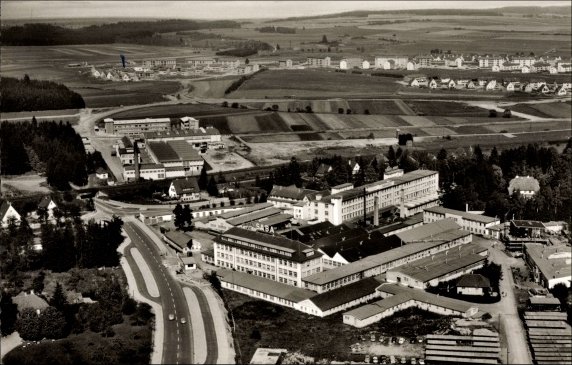

HISTORY
SABA is the acronym for Schawarzwälder-Apparate-Bau-Anstalt meaning engineering institute of Technological appliances of the Black Forest.
The company was founded back in 1835 by Joseph Benedikt with the initial name of Jockele-Uhren, but only in 1923 the production of radio devices began and the company went under the name of SABA.
Toward the end of the 20s SABA became famous with the well-known S35 and in the following years it became the second German producer after Telefunken. During the war SABA produced military equipment and in 1945 the company was completely destroyed by a bombing.
In 1947 the production of radio devices began again and SABA distinguished itself immediately for ist avant-garde and high- quality production
They also began to produce TVs (the first PAL color TV is a SABA), house appliances and medical equipment. Many Italians used to work there. The Alnico Greencone loudspeakers became popular for their linearity, power handling, constant impendence that would be employed in each Hi-Fi devices of that time.
The radio devices with motorized tuning became popular as well and SABA became the representative German brand meaning quality, reliability and detailed precision. In the 1970s the decline began. According to specialized magazines of that time not having a Japanese device at that time meant not having Hi-Fi. In the 80s Thompson took over SABA. In the 90s the other way around, having a Japanese device of the 70s meant not having Hi-Fi. They found out that they functioned with a 96% counterreaction and that a device with 0.001 db from 1 to 100 KHz extension did not necessarily sound good.
We do not trust our ears and we do trust what other people say not necessarily with a good purpose.
2007: due to insolvency SABA disappeared from the TLC (Chinese) and Thompson (French) joint venture, and SABA ceased to exist.
MAIN FEATURES
Year of production: 1953/54
Superheterodyne IF 472/10700
8 AM Circuits 11 FM Circuits
Wavebands: LW, MW, SW, FM
Operating voltage (CA) 110; 125; 160; 220 Volts
Dimensions (LHD): 600 x 385 x 276 mm / 23.6 x 15.2 x 10.9 inch
Net weight: 14.7 kg / 32 lb 6.1 oz (32.379 lb)
11 Tubes: EF80 EC92 ECH81 EF41 EM71 EAF42 EABC80 EL84
Rotating ferrite aerial for AM bands

LOUDSPEAKERS
The loudspeaker polar diagram.
This is an example of polar diagram of a coaxial loudspeaker. The different lines show the sound intensity at the angle and frequency change. It's evident the minor directionality of low frequencies respect to those high.
We studied the positioning of the two loudspeaker to obtain the best response at a distance of 3 up to 6 meters.
To avoid pointless words, you have to listen to the result.
TONE CONTROL
The tone control system is very efficient. Above the large tone control knobs there is a band that lights up gradually indicating the emphasis on the band on which it acts.

AERIALS
Inside the cabinet there is a dipole for FM reception and a ferrite rotating aerial for AM reception.
Ferrite aerial can be rotated from the outside to achieve a perfect tuning of the device in the AM.
In this picture see the rotation mechanism and the position indicator of the aerial.
The reception sensitivity with internal aerials is very good. This unit was in fact produced in a period when there were not many radio stations and those available fairly apart from each others.
Using an external aerial sensitivity is further increased.

TUNING INDICATOR
The magic eye has of course been replaced.
The volume control is the big knob on the left (with built-in loudness).
Axially the front knob controls the ferrite aerial orientation.
Toward the right side you meet a little window with the Bass Indicator and the Tuning indicator.
Below you see the Bass Control knob.
Following you meet the Band Spread Dial with the FM, Short, Medium, and Long Wave bands.
Below you meet the control buttons. Respectively: Off, Aux, LW, MW, SW, FM.
Following you meet the Treble Control knob with above its Treble Indicator.
Lastly, on the woodcase you see the Tuning knobs. The biggest for the FM band, the smallest for the AM Bands.
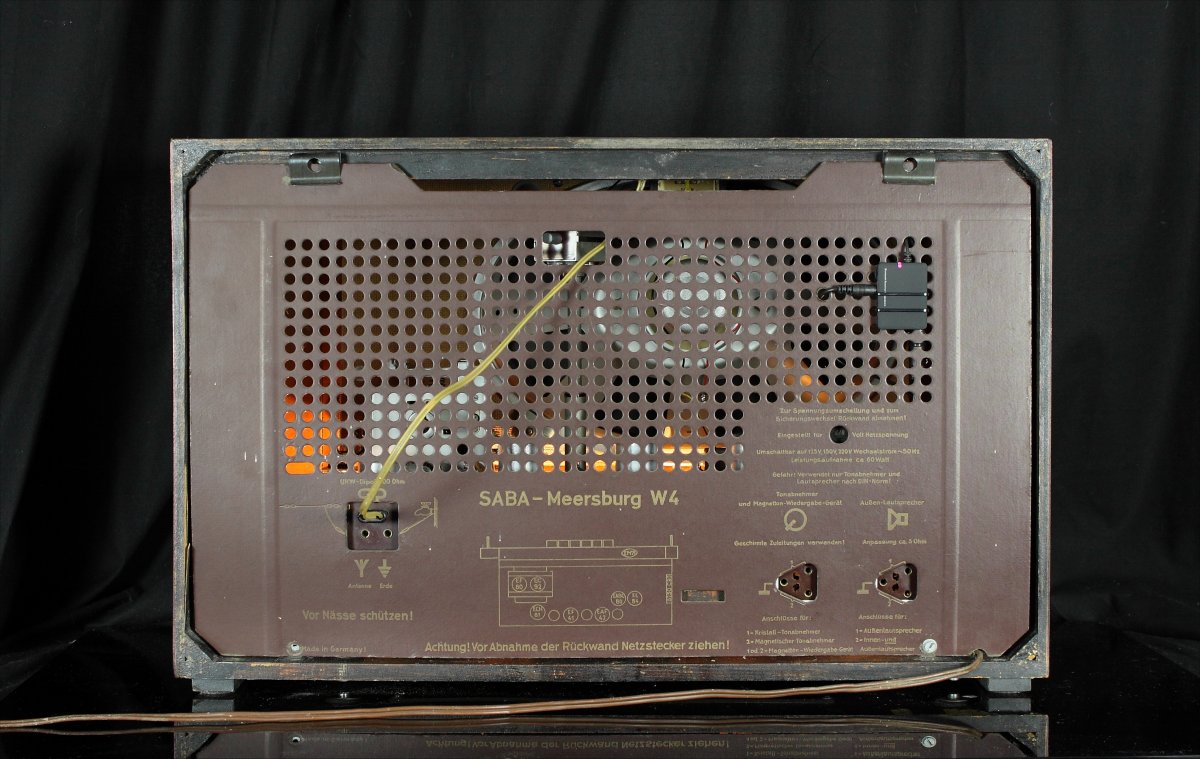
REAR SIDE
Output for external speakers.
Socket for recorder (tonbandgerat).
Turntable input (Tonabnehmer)
AM and FM aerial inputs and ground socket.
RESTORATION STEPS
THE USUAL AMAZING LAST IMAGE



